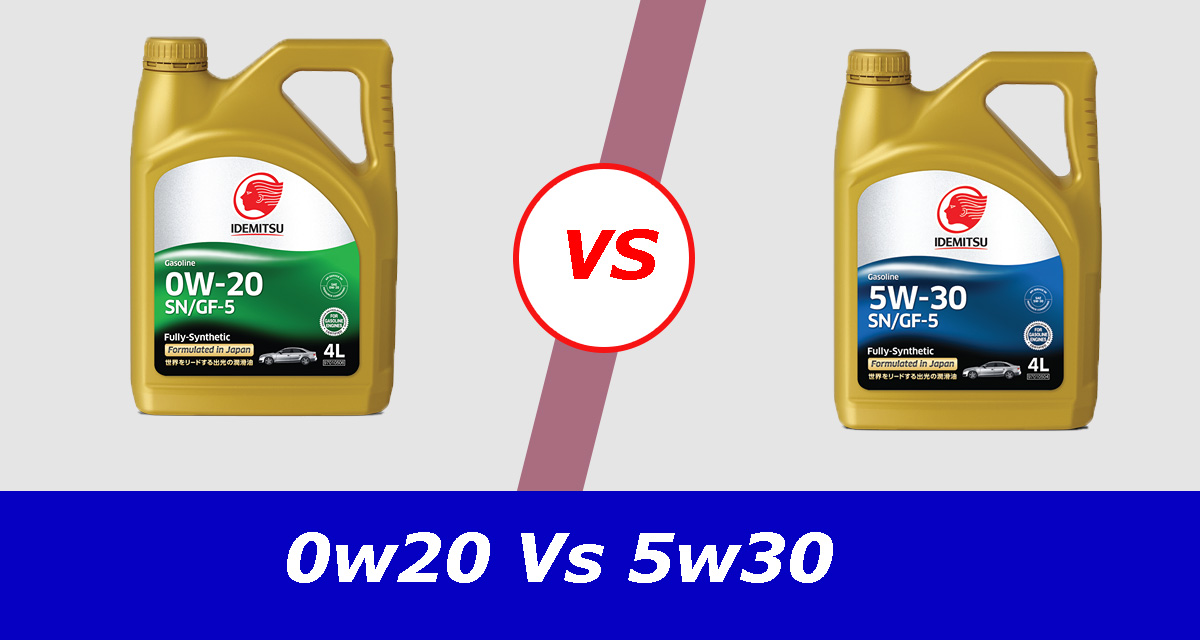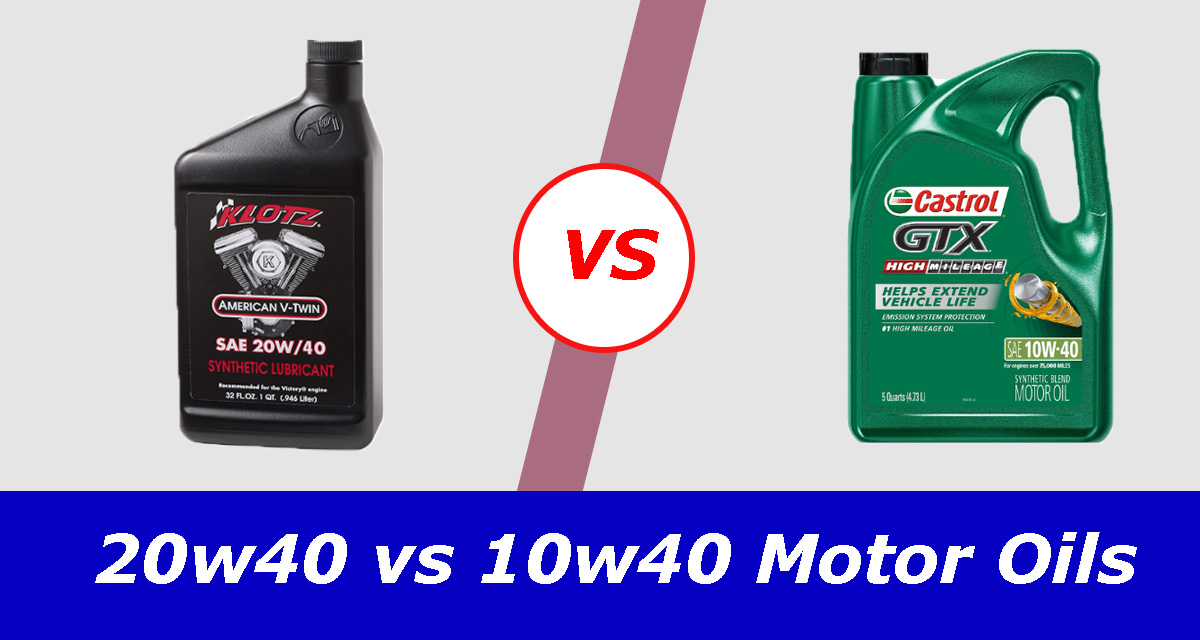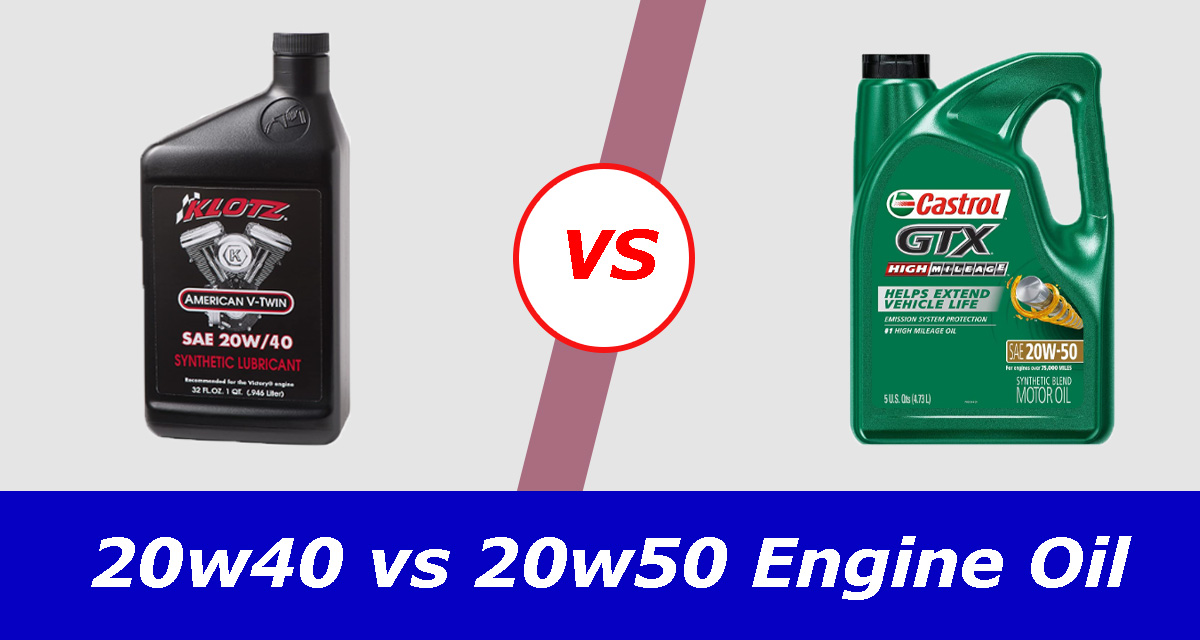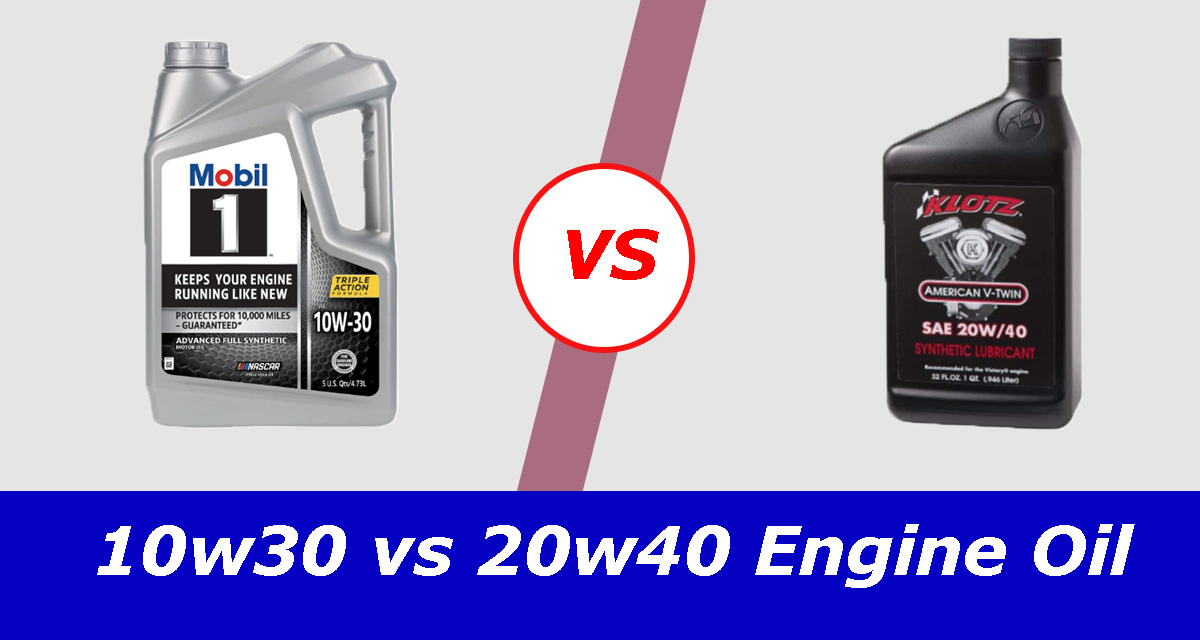Choosing the appropriate oil for your automobile doesn’t have to be complicated; all you should do is read the owner’s guide, check the indications on the engine’s oil cap, or look it up online. However, things get complicated when your car has two or more alternatives.
When the surface temperature is cold or hot, as well as when the engine achieves its ideal running temperature, the 0W20 oil is thicker than the 5W30 oil.
Oil viscosity grades are denoted as 0W20, 5w30, and any other set of numbers.
In this article, we’ll understand the 0w20 vs 5w30 and go over the significance of viscosity levels and how they affect engine function, so keep reading to find out more!
Comparison Table Between 0w20 and 5w30
| Parameters of Comparison | 0w20 | 5w30 |
| Temperature range | Up to 68° F | -25°C to 25°C |
| Density | Very thinner oil | Thicker oil |
| Mileage | 10,000 miles | More than 75,000 miles |
| Motor efficiency | Increase by around 10% to 12% over 5W30. | Less in comparison to 0w20 |
| Brands | Amsoil, Castrol, Maxima, and Valvoline | MANNOL, Idemitsu, and Mobil |
Differences Between 0w20 and 5w30
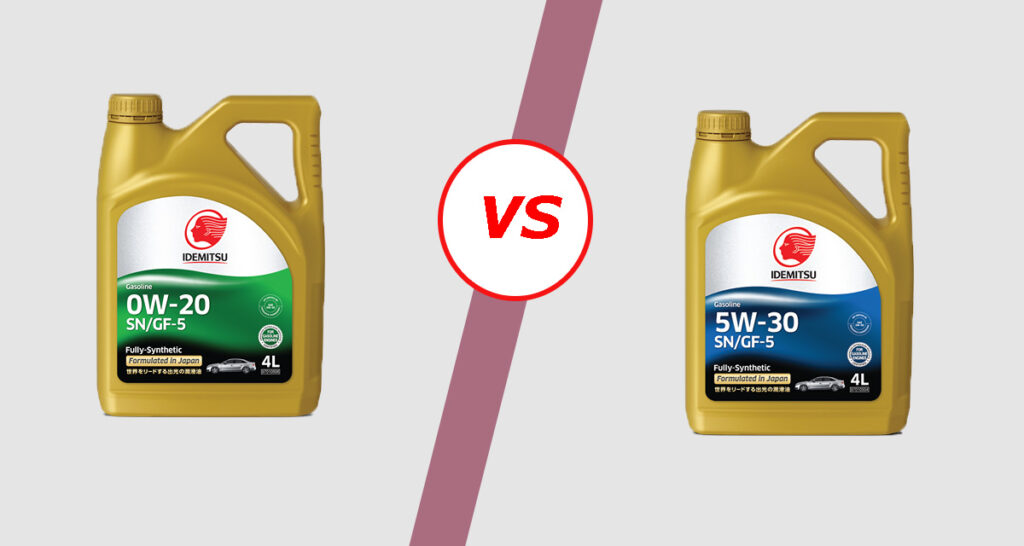
Let’s look at the fundamental distinctions between 0w20 and 5w30 oil.
Oil 0W-20 is commonly used or recommended by automobile manufacturers such as Honda and Toyota, among others, which demand low-viscosity lubricants.
The most common option of lubricant that gives the optimum performance is 0w20 engine oil. Furthermore, the oil’s ease of use makes it popular among vehicle enthusiasts and mechanics.
The 0w-20 engine oil has specific chemicals that make it ideal for both cold and hot situations. It remains constant during the winter and gets thinner in the summer. This factor has increased the need for 0W-20 lubricating oil in the automobile sector. As a result of the oil’s propensity to grow thinner throughout the summer, consumers prefer it over 5W-40.
The terms 0w20 and 5w20 are equivalent. As synthetic crude, 0W-20 has a range of 10,000 miles or 12 months. At low temperatures, 0W-20 oil performs similarly to SAE 0 oil, while at extreme temps, it acts similarly to SAE 20 oil.
0W-20 is unquestionably safe for the engine. It’s pricy for a quart, but it’s the greatest fit for your vehicle, as advised by most manufacturers. 5W-30 oils are more powerful in cold weather.
5W-30 multi-grade crude, whether warm or cold, is commonly employed in difficult situations. Having a wide range of applications, 5W -30 oils perform effectively at both low and high temperatures.
As a result, you must utilize each person’s viscosity in accordance with the environment in various places since their viscosity is not the same everywhere.
Similarities Between 0w20 and 5w30
The behavior of the 0W-20 oil and the 0W-30, 5W-20, and 5W-30 oil grades is extremely similar. If 0W-20 oil isn’t available, you might want to look into them.
These are thinner oils that flow easily throughout the engine, akin to 0W-20. They also provide comparable benefits, such as enhanced engine performance, increased fuel efficiency, greater fuel economy, and less sludge accumulation.
However, before switching to a new oil quality, ask your auto repair. It is always suggested that you use the correct motor oil grade. Using the incorrect oil can lead to poor engine protection.
Benefits of using 0w20 oil
The 5W-30 multi-grade oil is another type that helps the engine run smoothly in cold weather. It is a high-performance motor oil capable of reducing friction and maintaining the ideal engine temperature. The fuel economy of a car may also be improved by using this oil. This is the capability of 5W-30 engine oils.
In terms of what 5W-30 signifies, the ‘5’ denotes the oil’s viscosity at lower temperatures, i.e. ‘5’ degrees Celsius. According to reports, the lower this number, the better a car can perform a cold start. The letter “W” stands for the winter season, while the number 30 indicates the oil’s thickness and working capability.
People in cold areas prefer 5W-30 engine oil. The readily available supply of the aforementioned motor oil in the industry makes it quite simple to locate. They are even available in your local lubricant shop.
However, when compared to 5W-30 engine oil, 0W-20 appears to be there at the top of the pecking order. Although they are occasionally advised by automobile mechanics, automakers prefer 0W-20 engine oil for their equipment. But don’t dismiss the 5W-30, which is steadily gaining market momentum due to its capacity to adapt to mild winter temperatures.
Benefits of using 5w30 oil
The 5w30 is an all-purpose preparation that may be used in environments with high heat and cold. This engine oil ensures that every machine user has strong low-temperature protection and a smooth start-up. It is extremely fuel-efficient, which reduces drag on the moving engine elements.
In a 5w30, 5 signifies the viscosity of the oil at 5 degrees Celsius. W represents winter. The oil thickness at operating temperature for the engine is described at 30. This type of oil is widely utilized and is frequently accepted by machine users, particularly automotive users.
This oil is used because it is readily available in areas with mild winters. They are easy to locate in conventional lubricant retailers. 5w30 is manufactured using machinery at a temperature range less than -22 degrees Fahrenheit. 5w30 is also recommended by several car experts to improve fuel efficiency ratings.
When placing 5w30 oil in a car, check sure it is appropriate for that vehicle. It is capable of protecting both the engine and its components. It improves fuel economy by increasing mileage and decreasing fuel consumption. 5w30 is especially useful while traveling long distances.
Is it OK to use 0W20 instead of 5W30?

Yes, it’s ok. Many vehicle owners have switched to 0w20 oil instead of 5w30. These two oils share several characteristics. Each of these oils is synthetic in nature.
This indicates that they are highly fluid. They also have great lubricant qualities, resulting in superior fuel economy. They exhibit chemical stability as well.
Both of these lubricants are referred to as multi-grade fluids. This demonstrates the wide temperature range that each of these oils has. As a result, both are approved for contemporary internal combustion engines.
FAQs About 0w20 Vs 5w30
When should I use 0W20 oil?
The temperature range of 0W-20 synthetic oil is -40°C to 20°C, whereas that of 5W20 synthetic oil is -35°C to 20°C. Knowing these specifics entails two things: If you reside in a frigid climate, such as Alaska or Maine, you should use 0W20 oil.
Does 0W20 damage the engine?
No, this doesn’t damage your engine. Also, this 0W-20 oil is 100% healthy for your engine. 0W-20 is a common oil viscosity grade, particularly in severe winters and at low operating temperatures.
It avoids viscosity breakdown and motor wear while also improving fuel economy. There is absolutely no indication that engine wear rates have increased since manufacturers started recommending 5W-20 and 0W-20 at the beginning of the previous decade.
Final Notes
To summarize, the motor oil used in your car is critical. As a result, you should get your vehicle’s oil changed every set mile. There are differences between 0w20 and 5w30 motor oils, yet there are also parallels. As a result, it is critical to understand what your car recommends in terms of motor oil.
The difference between 0W20 and 5W20 oils may be minimal. It is, nonetheless, worth noting for astute car owners and mechanics. Because it serves as a lubricant, heat pump, magnets for combustion products, and defense against engine corrosion, choosing the appropriate oil is essential to the health and safety of your car.

